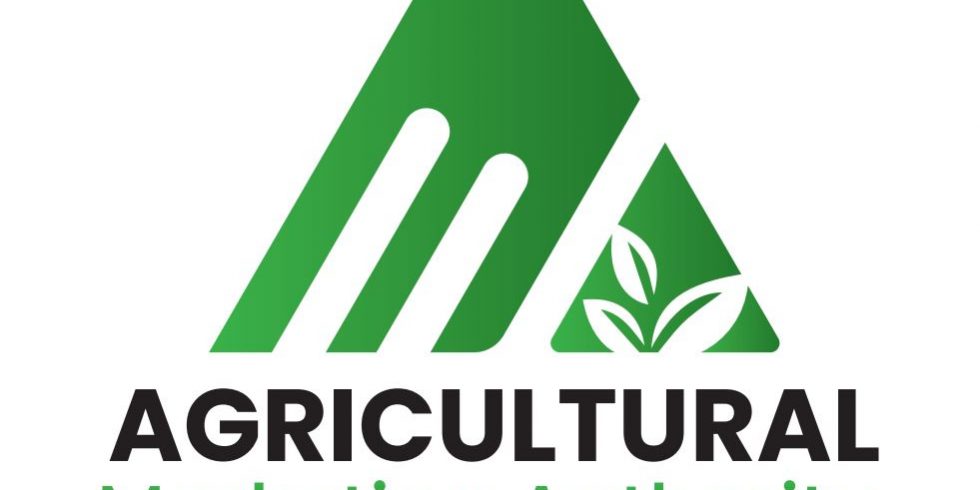By Simon Pande
The production of sweet potatoes in Zimbabwe has been on a steady increase over recent years.
This can be attributed to its low cost of production and more importantly its resilience and ability to withstand low moisture levels.
With the adverse weather effects associated with the El Nino phenomenon, sweet potato production has become a strategic crop and an alternative source of essential nutrients. This trait exhibited by sweet potatoes has been tapped into under broader climate change mitigatory efforts as reflected in its integration into mainstream Government initiatives under the Food Security and Nutrition cluster in the National Development Strategy 1.
The government is deliberately promoting sweet potato production across the country because it is a nutrient-dense and environmentally friendly root crop that can provide income for farmers and addresses malnutrition issues.
https://www.sundaymail.co.zw/sweet-potatoes-could-boost-food-security
Under the Presidential Rural Development Program launched a few years ago, communal farmers are being given sweet potato vines for free to encourage production of sweet potatoes. So far around 3.6 million virus free vines have been distributed and 1.8 million households are set to benefit by 2025. Under the scheme each household is allocated 50 vines. Apart from achieving household food security and nutrition, the scheme also seeks to improve household incomes through selling sweet potatoes locally and on export markets.
In a deliberate sustainability approach to this scheme, the government is training farmers on the need to use pest and disease-free vines and good agronomic practices. The vines are being sourced from reputable institutions notably Horticulture Research Institute and Kutsaga.
Sweet potato is a drought tolerant crop, that is easy to grow and requires less inputs and can produce more on a small piece of land. Undoubtedly, sweet potatoes have the potential to sustain the livelihoods of thousands of families in rural areas.
Traditionally, white fleshed sweet potatoes have been dominant in local production. On the contrary, orange fleshed potatoes are preferred on the export market. It is against this background that the government has also committed to research and development along this value chain. To this end, the government has developed two highly nutritious and high yielding varieties namely Alisha and Delvia.
However, despite all these interventions, uptake of sweet potatoes on the domestic market remains suppressed. Sweet potato production has also been low to spur exports. According to the first round Crop, Livestock and Fisheries Assessment Report sweet potato production is estimated at 276 784 tonnes, a 33 per cent increase from 207 529 tonnes obtained in the 2021/22 production season. Sweet potato production in Zimbabwe is mostly concentrated in Mashonaland East Province. During the current season, a total 4 159 hectares were put under sweet potato production, accounting for almost 40% of the total area under sweet potato in the country.
Exploring value addition channels is critical to improve consumption of sweet potatoes locally. Sweet potatoes can be processed into a number of products such as flour, biscuits, bread and puree to mention just a few.
To complement government efforts to ensure food and nutrition security, the Agricultural Marketing Authority (AMA) is providing vines to village business units (VBU) and irrigation schemes across the country. This noble program is meant to ensure that villagers diversify their food consumption options. Crucially, this is also meant to provide nutritious alternatives. AMA is also seized with training of farmers on export opportunities for sweet potatoes.
Recently, the Authority met a delegation from the International Potato Centre (IPC) and colleagues from the Ministry of Lands, Agriculture, Fisheries, Water and Rural Development to exchange notes on sweet potato production in the country and also in the region.
IPC expressed a strong desire to collaborate with Zimbabwe in enhancing production and productivity in sweet potato production. Currently, the organisation is spearheading a number of programs across the continent that seek to improve sweet potato varieties and capacitation of farmers on good agronomic practices.
Simon Pande is AMA horticulture expert.
Word from the market is a column produced by the Agricultural Marketing Authority (AMA) to promote market driven production. Feedback cchiduku@ama.co.zw or WhatsApp +263781706212.





